Introduction
January has already flown by, and with it, many well-intentioned health goals have quietly faded into the background. Research suggests that most New Year’s resolutions related to well-being begin to wane within the first few weeks of the year. But here we are on February 1st - a perfect moment for a renewed sense of commitment. Instead of sweeping resolutions that often feel overwhelming, embedding small, sustainable changes—micro habits - can be the key to long-term success.
Lisa Durante investigates.
Today I take inspiration from functional physician, Dr Fadi Al Shaban and the inspirational words he shared with me seemingly eons ago when I used to be the editor of New You magazine, a monthly publication published in Dubai dedicated to looking and feeling 10 years younger: “Life is meant to be a blissful experience. Our biological design, with its many internal control systems, has evolved to ensure harmony between ourselves and our external environment. Over time, nature has defined a delicate link between humans and their surroundings, while civilisation has shaped healthy models of interrelationship. Our daily activities - our lifestyle - should be attuned to the integrity of the triad of our existence: body, mind, and spirit. Achieving conformity between oneself and the environment on one side and among others on the other is essential. The innate ability to self-correct and the natural healing power within each of us are the greatest forces in maintaining vitality and health. Indeed, the functional wisdom of our biological systems cannot be surpassed by even the most sophisticated biomedical technology. The most effective approach is to use cutting-edge knowledge to support these biological systems rather than disrupt their natural concert.”
Other healthy aging luminaries agree. Take Dr. Mark Hyman, for instance, he states, “The most powerful medicine is at the end of your fork.” True wellness isn’t just about avoiding disease; it’s about making intentional choices that align with our biology, harnessing the natural ability of our bodies to heal and thrive.
Similarly, Dr. David Perlmutter, author of Grain Brain, emphasises that reducing inflammation through lifestyle changes can drastically improve cognitive function and overall health.
A personal friend and shining example of timeless radiance and Benjamin Button youthfulness, Dr. Carol Talbot, in her latest book, Re-Imagine You: Bioregenesis of the DNA Blueprint through Source Feeding, encourages readers to explore their untapped potential and reframe their mindset toward optimal health. She states, “Say what you do want, not what you don't. The unconscious mind struggles with negatives.” This philosophy aligns with the importance of shaping our thoughts and actions in a way that fosters well-being and longevity. Another personal friend and experienced pyschotherapist, Andrea Anstiss, in her book Juicy Life: 8 Surprising Steps to Awaken Your True Self, delves into the deeper layers of health, exploring the connection between emotional resilience, ancestral healing, and vitality. She states, “True wellness is not just about the body - it’s about reclaiming the emotional blueprints we carry and transforming them into sources of strength.” This aligns with the concept that sustainable wellbeing requires an integrated approach, merging science with ancient wisdom.
The World Health Organization defines health as “a state of complete physical, mental, and social well-being, and not merely the absence of disease or infirmity.” Maintaining this state is an active, ongoing process that depends on the daily choices we make. From understanding our circadian rhythms to making informed decisions about nutrition, movement, and stress management, our lifestyle holds the key to a longer, healthier life. For those like me who enjoy learning through visual storytelling, and occasional healthy couch potato pursuits, documentaries such as Heal, The Game Changers, and Limitless with Chris Hemsworth offer inspiring insights into the profound connection between lifestyle choices and longevity.
Basic Biological Principles
Genetics vs. Environment: The Epigenetic Equation
Genetics determines individual physical characteristics, behaviour, and the likelihood of developing certain diseases. However, social and environmental components reshape these interactions. Dr. Francis Collins, former director of the National Institutes of Health, famously stated, “Genetics loads the gun, and the environment pulls the trigger.”
Circadian Rhythms & Diurnality: The Body’s Natural Symphony
The body’s biological systems are synchronised to an internal clock called the circadian rhythm, which regulates sleep, metabolism, and energy levels. This clock is highly sensitive to lifestyle factors such as light exposure, diet timing, and stress. Disruptions - such as late-night screen use, shift work, or unhealthy eating habits - have been linked to increased risks of cancer, cardiovascular disease, and metabolic disorders.
As Dr. Matthew Walker, author of Why We Sleep, explains, “Sleep is the single most effective thing we can do to reset our brain and body health each day.” Prioritising quality sleep, minimising blue light exposure before bed, and maintaining consistent wake-up times help to regulate these rhythms and optimise long-term health.
Conscious Approach to Longevity: Lisa’s Actionable Steps
Like all of us, I’m perfectly imperfect, but these steps are what I’ve distilled and try to take every day based on the years of writing about and interviewing experts in the fields of integrative medicine and holistic healing.
✔ Optimise Circadian Health: Wake up with natural light daily, avoid blue light exposure at least one hour before bed, and maintain a sleep schedule of 7-9 hours nightly.
✔ Prioritise Brain Health: Engage in at least 30 minutes of creative or problem-solving activities daily, such as journaling, learning a new skill, or memory-enhancing exercises.
✔ Manage Stress Intentionally: Commit to 10 minutes of breathwork or meditation daily, engage in nature walks at least three times per week, and practise mindful movement.
✔ Adopt a Nutrient-Dense Diet: Follow a plant-forward, non-inflammatory diet incorporating Slow Food Movement principles - locally sourced, seasonal, whole foods with minimal processing.
✔ Move Daily: Engage in 45 minutes of functional movement daily, including a mix of strength training, yoga, or brisk walking.
✔ Cultivate Meaning & Purpose: Participate in holistic activities such as art therapy, grassroots social engagement, or volunteering in local sustainability projects at least once per month.
Conclusion - Onwards and Upwards
A life of optimal vitality is not about quick fixes or extreme changes - it’s about creating a sustainable rhythm of conscious choices. Health is not merely the absence of disease but the presence of vitality, purpose, and a deep connection to oneself and the environment.
The most advanced medical technologies will never surpass the intelligence of our own bodies when given the right conditions to thrive. By realigning with our natural biological rhythms, reducing stress, nourishing our bodies with whole foods, and fostering meaningful connections, we reclaim the power of conscious longevity.
The journey toward sustainable wellbeing is an ongoing process. It begins with small, intentional steps - steps that, over time, shape a vibrant, healthier life. Not just for ourselves but to be resilient to help support others.

